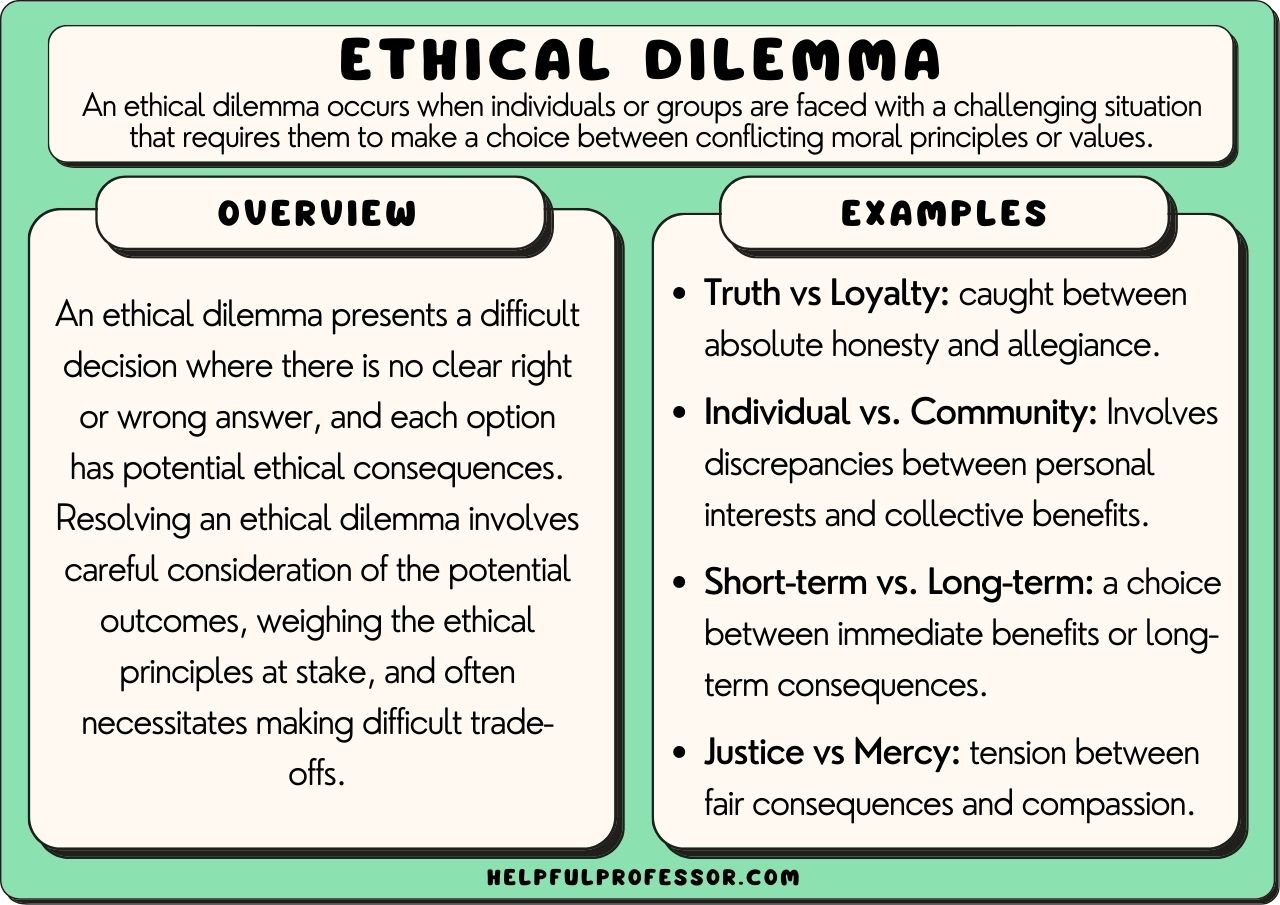AI's Apparent Learning: A Critical Examination For Ethical Practice

Table of Contents
Defining "Learning" in AI
Understanding the limitations of AI's apparent learning requires clarifying what we mean by "learning" in the context of artificial intelligence. It's crucial to differentiate between true learning, as exhibited by humans, and the algorithms employed in machine learning. Human learning involves understanding, reasoning, and adapting to novel situations based on context and prior knowledge. AI, currently, does not possess these qualities. Instead, AI systems operate based on statistical patterns identified within their training data.
Various AI learning paradigms exist, each with its strengths and weaknesses:
- Supervised learning: This approach involves training AI models on labeled datasets, where each data point is tagged with the correct output. Examples include image recognition (labeling images with objects present) and spam filtering (classifying emails as spam or not spam).
- Unsupervised learning: Here, AI models analyze unlabeled data to identify patterns and structures. Applications include customer segmentation (grouping customers based on purchasing behavior) and anomaly detection (identifying unusual data points).
- Reinforcement learning: This paradigm focuses on training AI agents to make decisions in an environment through trial and error, receiving rewards or penalties based on their actions. This is commonly used in game playing (e.g., AlphaGo) and robotics.
While these methods demonstrate impressive capabilities, they lack genuine understanding. AI systems excel at pattern recognition and prediction but don't inherently grasp the underlying concepts or context. This is a key limitation of AI's apparent learning, highlighting the difference between sophisticated statistical analysis and true comprehension.
The Illusion of Understanding in AI Systems
A significant challenge in evaluating AI's apparent learning is the "black box" problem. Many advanced AI models, particularly deep learning networks, are incredibly complex, making it difficult to understand how they arrive at their decisions. This opacity can lead to biased or unpredictable outcomes, undermining trust and accountability.
The difference between correlation and causation is another critical aspect. AI systems can identify correlations between variables in data but may not understand the causal relationships. This can lead to erroneous conclusions and flawed predictions.
- Bias in training data: Biased training data inevitably leads to biased AI outputs. For example, facial recognition systems trained on datasets lacking diversity may perform poorly on individuals from underrepresented groups. Similarly, AI used in loan applications trained on biased historical data may perpetuate discriminatory practices.
- Lack of explainability: The lack of transparency in complex AI models makes it difficult to debug errors, understand failures, and build trust in their decisions.
- Limited context understanding: AI struggles to understand the real-world context or the nuances of human language. This can lead to misinterpretations and inappropriate responses.
Anthropomorphizing AI—attributing human-like qualities to it—further exacerbates the problem. Overestimating AI's capabilities can lead to unrealistic expectations and potentially dangerous consequences.
Ethical Considerations in AI Development and Deployment
The ethical implications of AI's apparent learning are profound, particularly when AI systems are involved in critical decision-making processes in healthcare, criminal justice, and other sensitive domains.
Developers bear a significant responsibility to ensure fairness, transparency, and accountability in their AI systems. This requires careful consideration of several factors:
- Diverse and representative datasets: Using diverse and representative datasets in training is paramount to mitigate bias and ensure fairness.
- Explainable AI (XAI): Developing explainable AI methods is crucial for understanding and debugging AI decisions, fostering trust, and enhancing accountability.
- Regulation and ethical guidelines: Strong regulation and ethical guidelines are essential to govern the development and use of AI, preventing misuse and protecting societal interests.
Potential societal impacts, such as job displacement and privacy concerns, must also be addressed proactively.
Promoting Responsible AI Development
Building ethical and transparent AI systems requires a multi-pronged approach:
- Rigorous testing and validation: Implementing robust testing and validation procedures is critical to identify and mitigate biases and ensure reliability.
- Human oversight and control: Establishing mechanisms for human oversight and control is essential to prevent unintended consequences and ensure ethical decision-making.
- Open-source AI development and data sharing: Promoting open-source AI development and data sharing can foster collaboration, transparency, and accountability.
Continuous monitoring and evaluation of AI systems' performance and ethical impact are crucial for ensuring responsible development and deployment. Interdisciplinary collaboration between ethicists, legal experts, and computer scientists is vital for addressing the complex ethical challenges posed by AI's apparent learning.
Conclusion
While AI's apparent learning capabilities are impressive, it's crucial to maintain a critical perspective. The current state of AI lacks true understanding and is susceptible to biases embedded in its training data. This article has highlighted the ethical implications of this "apparent learning," emphasizing the urgent need for responsible development and deployment. To mitigate risks and harness the benefits of AI, we must prioritize transparency, fairness, and accountability in all stages of the AI lifecycle. Moving forward, a collaborative effort between researchers, developers, policymakers, and the public is crucial to ensure that AI's apparent learning serves humanity ethically and beneficially. Let's continue the conversation on responsible practices surrounding AI's apparent learning and work together to shape a future where AI benefits all of society.

Featured Posts
-
 Former Nypd Commissioner Keriks Hospitalization Update On His Condition
May 31, 2025
Former Nypd Commissioner Keriks Hospitalization Update On His Condition
May 31, 2025 -
 Plumbers Shocking Basement Discovery A Womans Strange Find
May 31, 2025
Plumbers Shocking Basement Discovery A Womans Strange Find
May 31, 2025 -
 Election Day Weather Forecast Northeast Ohio Under A Shower Threat
May 31, 2025
Election Day Weather Forecast Northeast Ohio Under A Shower Threat
May 31, 2025 -
 Tres Ingredientes Un Viaje Al Siglo Xix Receta Aragonesa Tradicional
May 31, 2025
Tres Ingredientes Un Viaje Al Siglo Xix Receta Aragonesa Tradicional
May 31, 2025 -
 Giro D Italia 2025 Vatican City To Host Grand Finale In Papal Honor
May 31, 2025
Giro D Italia 2025 Vatican City To Host Grand Finale In Papal Honor
May 31, 2025
